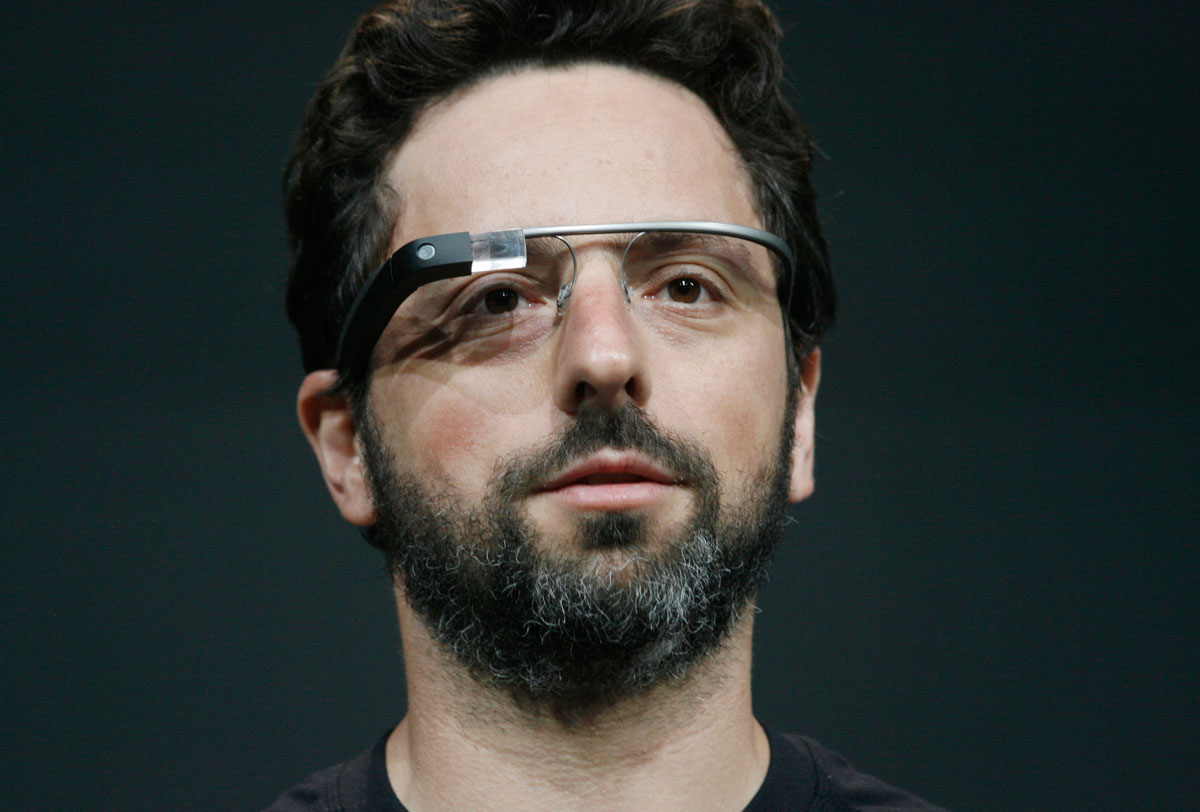TORONTO – A U.S. doctor became the first to use Google Glass in the operating room this month.

Dr. Rafael Grossman, a surgeon and telemedicine innovator, used a Google Hangout with a remote connection to record a feeding tube being inserted into a patient via Percutaneous Endoscopic Gastrostomy (PEG) surgery.
“The whole thing was fairly quick and went very well. We used ‘home-made’ techniques, so the pictures and video are not optimal, but I think the point stands: Google Glass streaming during live surgery by a Glass Explorer surgeon is possible,” read Dr. Grossman’s account of the surgery on his blog.
Google Glass Explorers – the nickname given to those who shelled out $1500 for the developer version of the technology – have been making headlines with their unique uses of Google Glass for over a year now.
The tech giant itself even used the wearable technology to record a point-of-view skydiving video.
But this is the first example of how Google Glass might be used by health care practitioners, as mobile health (or mHealth) solutions become increasingly popular with doctors around the world.
Read More: Canadians eager for more virtual, mobile health care solutions
According to his blog, Grossman took patient confidentiality very seriously during this experiment.
“Obviously, one of the MAIN concerns regarding the use of Google Glass during surgery, with live streaming of data, would be to take every measure and to ensure the privacy of the patient’s health information (PHI),” read the blog post.
“Not only I obtained informed consent about what we were going to attempt (and documented it), but most importantly, made sure that no recording or transmission of any identifying information was done.”
The patients face was not shown during recording.
Grossman said his goal in using Glass during surgery was to show that the technology has the potential to be quite useful in healthcare by allowing “better intra-operative consultations, surgical mentoring and potentiate remote medical education, in a very simple way.”
- ‘She gets to be 10’: Ontario child’s heart donated to girl the same age
- Bird flu risk to humans an ‘enormous concern,’ WHO says. Here’s what to know
- Shoppers faces proposed class action over claims company is ‘abusive’ to pharmacists
- ‘Bacterial vampirism’: Deadly pathogens attracted to human blood, study finds




Comments